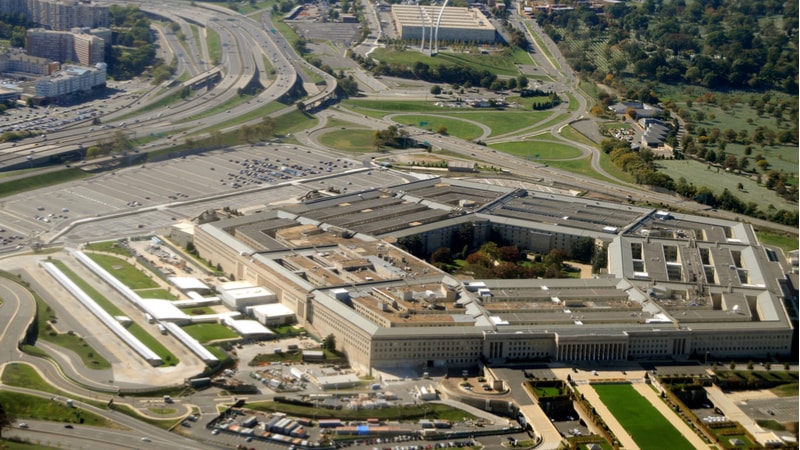
The Pentagon reduced the department’s roster of critical technology areas (CTAs), cutting the list by more than half.
Under Secretary of Defense for Research and Engineering Emil Michael on Monday unveiled six CTAs – down from the previous 14 – that he said will define the military’s future capabilities.
The new list includes applied artificial intelligence, biomanufacturing, contested logistics technologies, quantum and battlefield information dominance, scaled directed energy, and scaled hypersonics.
In a video posted on LinkedIn, Michael said the shortened list will guide efforts to deliver emerging capabilities more efficiently.
“When I stepped into this role, our office had identified 14 critical technology areas,” he said. “While each of these areas holds value, such a broad list dilutes focus and fails to highlight the most urgent needs of the warfighter. Fourteen priorities, in truth, means no priorities at all.”
The Department of Defense (DOD) – rebranded as the War Department by the Trump administration – first created the critical technologies list to help attract private capital for defense priorities. Over time, it grew to 14 areas spanning fields such as biotechnology, quantum science, advanced materials, trusted AI and autonomy, microelectronics, space technology, hypersonics, and integrated sensing and cyber.
Unlike his predecessors, Michael chose not to expand the list but to narrow it. He said that the six areas address the most pressing challenges on the modern battlefield.
“Our adversaries are moving fast, but we will move faster,” Michael said in a press release. “The warfighter is not asking for results tomorrow; they need them today. These six Critical Technology Areas are not just priorities; they are imperatives.”
Michael first signaled last summer that he intended to pare down the list, saying the wide range of categories hindered the DOD’s ability to field new systems quickly. His goal, he said at the time, was to emphasize technologies that can be delivered at speed.
Defense Secretary Pete Hegseth said in a statement that the six areas will help ensure U.S. forces maintain an advantage. “Under Secretary Emil Michael’s six Critical Technology Areas will ensure that our warriors never enter a fair fight and have the best systems in their hands,” he said.
